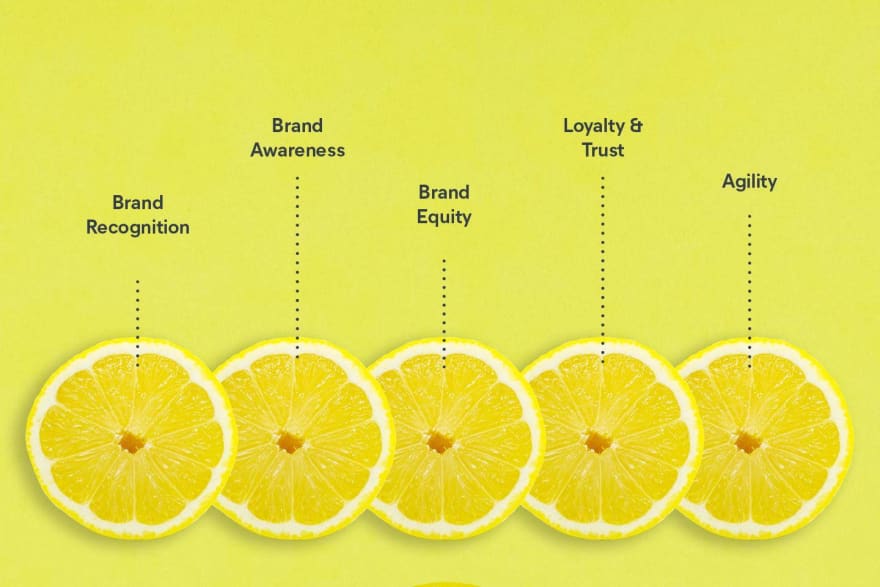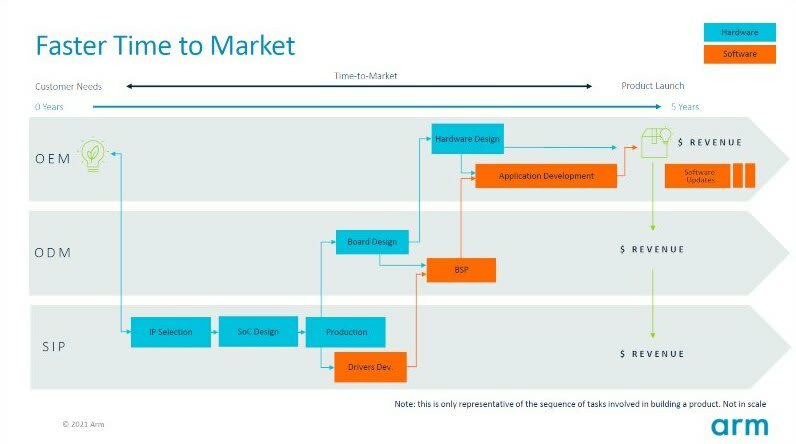Many companies are discovering the benefits of cross-platform app development. These apps are easier to maintain and deploy than native apps and are generally faster to develop.
The same codebase can build applications for several platforms, including iOS, Android, and Windows Phone.
This allows developers to reduce development costs and time to market. Another advantage is creating apps that work on multiple devices and platforms, reducing overall costs.
Cross-platform app development has many benefits. It allows companies to reach a larger audience with less effort. It will enable businesses to maximize exposure.
Since these apps are Internet-based, they don't require separate updates and maintenance of multiple app versions. These applications are constantly updated, so they'll remain top shape and provide the best user experience possible.
In addition, cross-platform apps will allow companies to expose their products to a broader range of users, such as connected home appliances, smartwatches, and more.
Compared to native development, cross-platform apps will be faster to develop. One codebase can be used for multiple platforms, allowing developers to save time and money. Moreover, developers will use the same source code to make apps for various platforms.
This means fewer bugs and reduced time spent maintaining two versions of an app. And, when it comes to maintenance, cross-platform apps are future-proof.
Cross-platform application development is a better choice for businesses looking to reach a broad audience. It creates a single app for multiple platforms, and one team is required for each forum.
This means one codebase, framework, and codebase. As a result, your product will have a consistent look and feel across all platforms. You'll be able to make sure your customers are happy with your new product.
The cost of cross-platform application development is many. By using one codebase, you can maintain the app across multiple platforms.
As a result, you'll be able to keep your budget down, and your app will be more compatible with other platforms. It's also easier to update your apps with cross-platform apps. They're also easier to customize and maintain. They're compatible with other media, which means they can be used for different purposes.
Besides speed, a cross-platform approach can save you money. You won't need to write different codes for each platform with a shared codebase. Unlike a native app, cross-platform apps are compatible with all major operating systems.
With a universal codebase, you can change the code once, and your programs can work on many different platforms. Because of this, cross-platform applications also save you time.
One of the most significant advantages of cross-platform app development is speed. The benefits of cross-platform apps are apparent. The ability to develop an app for various platforms is a great advantage.
A developer can make one version of the application and distribute it to multiple devices at once. This makes it easier to manage updates for all platforms. The code is reusable on all platforms, saving both time and money. Further, it will allow developers to focus on the UX design of the application.
A cross-platform app allows developers to reuse code. The code for a single app can be used for multiple platforms, thereby reducing the time and cost of developing and distributing them. Creating a cross-platform application will also increase ROI and improve the quality of your mobile products.
It is possible to distribute your app across various platforms. A cross-platform mobile application can be a great benefit for your business.
Creating cross-platform apps also reduces maintenance and development costs. Developing apps with a single codebase will save you time and money.
By reducing the number of platforms your application targets, cross-platform app development will save you money and time. By developing applications for different platforms, you can take advantage of their unique advantages and their differences.
The advantages of cross-platform app development include: When a company wants to use their apps on different platforms, they can build them with one codebase instead of creating multiple versions of their apps.
Code Reusability

The advantages of code reusability are multiple. Among the essential benefits, code reuse facilitates speed and quality. Enterprises strive for rapid software development to get their products to market faster. Rapid app development is crucial for businesses as it keeps them ahead of their competition.
With code reusability, programmers can reuse their existing code, resulting in a faster overall app development time. Reusability also contributes to the maintenance of a software system.
Developing reusable code requires several vital features. It must be modular and task-specific, reusing it in different contexts. The code should only do one thing. For example, a reusable code library might generate dialog boxes for dashboards or menus.
Another characteristic of reusable codes is that they should not be significant since the potential for new features increases. These features are unnecessary and add bloat to the software and eat up memory.
Reusable code must be human-readable. While some languages are easier to read than others, reusable code should follow well-established styles.
The names of variables should be meaningful, and the documentation should be relevant to the specific module. Reusable code also needs to be test-driven, and error-handling should be consistent. Further, reusable code should have a documented structure so that other developers can easily read and modify it.
Cost Reduction

There are many benefits to cost reduction. This method is effective for lowering prices. It increases productivity. It can increase total exports and create more demand for products.
It also improves the standard of living and helps companies compete effectively. By reducing costs, businesses can increase profit and revenue. Moreover, cost reduction is effective for the environment, as it improves overall output and helps companies reduce taxes. But there are a few disadvantages of cost-reduction methods.
To be effective, cost reduction must be genuine and a priority. The objective is to cut down on waste without compromising on quality. To achieve this, every aspect of a business is analyzed for efficiency. Since every plan of cost reduction will always be different, continuous research is conducted in various business areas to improve performance.
To achieve a successful cost reduction, companies need to be aware of critical areas.
A single-code application allows for easy configuration and maintenance. In addition, cross-platform application development can be implemented without suspending operations. By writing one code, an organization can develop applications faster and avoid wasting money on multiple versions of a single application.
Besides, reusable codes can be used to lower the development cost. Further, tools and technical support for rapid application development can minimize the price of a business. Lastly, a cost-cutting strategy will be successful if the organization can measure the return on investment.
Fastest app development and time-to-market
The modern business environment relies heavily on apps to facilitate communication, finalize sales, and operate efficiently. To stay competitive, businesses must develop apps quickly and effectively. The right tools and processes can help companies achieve faster application development and time-to-market.
This article will discuss some of the critical features of a low-code platform, including its benefits and shortcomings. Here are some of the important advantages of using a low-code platform for software development.
The first benefit of faster application development and time-to-market is cost-effectiveness. Increasing revenue will result in higher costs and lower profit margins.
By reducing costs, a company can achieve a lower overall time-to-market. The faster the application, the faster it can be launched to customers. The exact process can be repeated as many times as necessary. However, companies must make sure that they keep a tight budget and monitor spending carefully.
Another benefit of a low-code platform is speed. It allows developers to test out features and flow without worrying about the technical nuances of building apps.
By creating a single code base for all platforms, the developer can develop a single app that works on all platforms. This reduces development costs and the time required to create multiple product versions.
Furthermore, it speeds up the entire development process, reducing the need for additional developers and reducing the resource cost.
Brand consistency

One of the most critical aspects of brand consistency is consistency across all marketing channels. While online marketing is essential, offline marketing is equally important. All of your company's offline content - including storefront, employee uniforms, and car wraps - should match the overall brand message. This is crucial for building customer loyalty and recognition. Keeping your messaging consistent is also essential for ensuring that your website's copy reflects your company's values and promises.
While a single message may not be sufficient to create a positive impression on your customers, consistency across channels helps cement your brand's identity.
Inconsistent branding can create a negative perception of your business, making it impossible to build customer loyalty. As a result, brand consistency is essential for creating a solid brand. Ultimately, a character is critical to building trust and awareness for your company. It can be challenging to achieve, but it's vital for your success.
One of the essential elements of brand consistency is messaging. Consistent, repetitive messaging helps your customers relate to your brand. It can be in the form of a copy on your website, a tagline on your product packaging, or a caption on an Instagram post. As long as your messaging speaks in the same voice, your brand will be more recognizable to consumers. In addition, brand consistency can increase your brand's value and equity.
Broader Market Reach
The best cross-platform mobile framework facilitates resource sharing and app development by making apps that work on both iOS and Android. This allows you to build more than one app, reducing team size and achieving a broader market reach. The cross-platform project also allows for greater profitability. The most common operating systems are iOS and Android, and collectively acknowledged apps have a more significant impact on the profitability of a product.








Top comments (0)